The Evolution of Exceptional Wooden Artwork
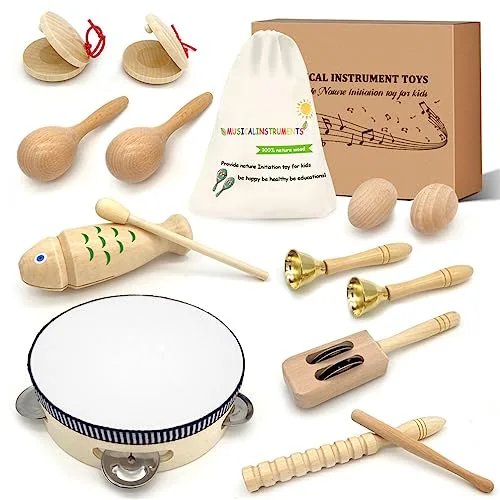
Welcome, dear readers, to our blog post where we embark on a captivating exploration of exceptional wooden artwork. We invite you to join us on this journey as we unravel the intriguing evolution of this remarkable form of art throughout history. As fellow art enthusiasts, we understand the fascination and awe that arises when encountering a beautifully crafted wooden masterpiece. So, let us delve into the rich history, intricate techniques, and profound significance of this art form, and together, deepen our appreciation for the extraordinary world of exceptional wooden artwork.
History of Wooden Artwork
Wooden artwork has a rich history that spans across different civilizations, serving as a medium for self-expression and cultural representation. From ancient times to the present day, wood has been transformed into beautiful and intricate sculptures, carvings, and structures that continue to captivate us. In this blog section, we will take a journey through time to explore the origins and significance of wooden artwork.

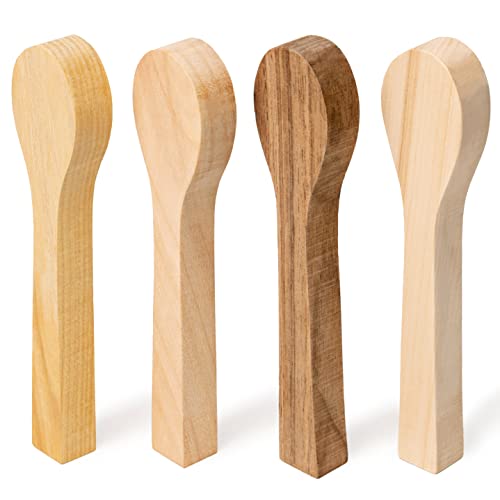

Ancient Beginnings
Wooden artwork dates back thousands of years, with some of the earliest examples found in ancient Egypt, Mesopotamia, and China. These early civilizations recognized the versatility of wood and used it to craft a wide range of objects, including furniture, religious artifacts, and decorative items. The intricate carvings on Egyptian sarcophagi, the ornate wooden temples of Mesopotamia, and the delicate wooden sculptures of China all showcase the skill and artistry of these early craftsmen.
Cultural Significance
Wooden artwork has always held great cultural significance, serving as a means of preserving traditions and beliefs. In many cultures, wood has been used to create religious icons, masks, and totems that represent deities, ancestors, or spirits. These artworks often play a central role in religious ceremonies or rituals, serving as a connection between the physical and spiritual realms.
Styles and Techniques
Throughout history, different styles and techniques have emerged in wooden artwork, each reflecting the unique aesthetics and craftsmanship of a particular culture or period. Some notable styles include:
- Gothic Woodcarving: During the medieval period, intricate woodcarvings adorned cathedrals and churches, depicting biblical scenes and symbols of faith. The level of detail and realism achieved in these carvings was truly remarkable.
- Japanese Woodblock Printing: In Japan, woodblock printing became a popular art form during the Edo period. Artists used intricate woodcutting techniques to create prints that captured the beauty of nature, everyday life, and historical events.
- African Tribal Sculptures: African tribes have a long tradition of creating wooden sculptures that reflect their cultural heritage. These sculptures often depict human figures, animals, or mythical creatures, and are characterized by their abstract and expressive forms.
Modern Applications
Wooden artwork continues to thrive in the modern world, with contemporary artists and designers pushing the boundaries of creativity and innovation. Today, wood is used not only for traditional sculptures and carvings but also for architectural structures, furniture, and even wearable art. Some notable examples include:
- The Guggenheim Museum Bilbao: Designed by renowned architect Frank Gehry, this iconic museum features a stunning exterior made of curved wooden panels. The use of wood in the building’s design showcases the versatility and aesthetic appeal of this natural material.
- Eames Lounge Chair: This classic piece of furniture, designed by Charles and Ray Eames, is known for its timeless elegance and comfort. The chair’s wooden shell, made from molded plywood, is a testament to the beauty and functionality of wood in furniture design.
Techniques and Materials
Wood has been a favored medium for artists throughout history, offering a unique canvas for creativity. From intricate carvings to breathtaking sculptures, the techniques and materials used in wooden artwork play a pivotal role in bringing these creations to life. In this blog post, we will explore some of the most popular techniques and materials employed by artists, providing you with a comprehensive understanding of the artistry involved.
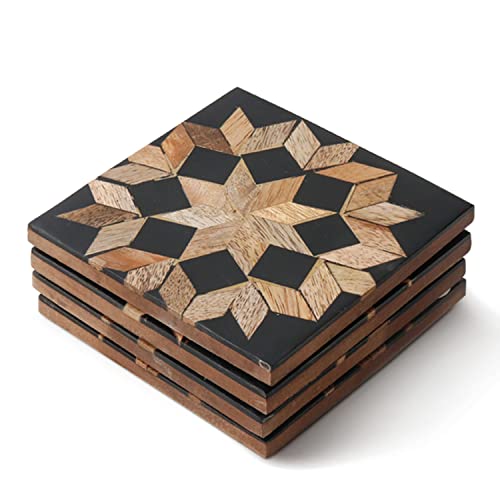


Carving: Unleashing the Wood’s Potential
Carving is perhaps the most widely recognized technique in wooden artwork. It involves removing layers of wood to create intricate designs, patterns, or figurines. Skilled artists use a variety of tools to carefully shape the wood, transforming it into awe-inspiring masterpieces. Let’s delve into some specific carving techniques:
- Relief Carving: This technique involves carving designs that project outwards from the background of the wood, creating a three-dimensional effect. Artists employ tools such as chisels, gouges, and knives to bring depth and texture to their creations.
- Chip Carving: In chip carving, artists use knives to remove small chips or “cuts” from the wood surface, resulting in intricate geometric patterns. This technique requires precision and attention to detail, as each cut contributes to the overall design.
- Whittling: Whittling is a more casual and free-form style of carving, often associated with creating figurines or small decorative objects. Artists typically use a knife to remove thin layers of wood, allowing them to shape and refine the piece gradually.
Sculpting: Molding Wood into Art
While carving involves subtracting material from wood, sculpting takes a different approach by adding and shaping materials to create artwork. Sculpting allows artists to mold wood into various forms, bringing their imagination to life. Let’s explore a couple of sculpting techniques:
- Modeling: Artists use modeling techniques to shape soft wood or wood-based materials, such as clay or resin. This approach allows for greater flexibility and enables artists to create intricate details and textures in their sculptures.
- Assemblage: Assemblage involves combining different pieces of wood to construct a sculpture. Artists may use adhesives or joinery techniques to securely bond the various components together, resulting in a visually compelling and structurally sound artwork.
Materials: Choosing the Perfect Wood
Selecting the right type of wood is essential for achieving the desired outcome in wooden artwork. Different woods possess unique characteristics that influence the final appearance and durability of the piece. Here are some popular wood choices used by artists:
- Mahogany: Known for its rich, reddish-brown color and fine grain, mahogany is a favored choice for intricate carvings and sculptures that require a smooth finish.
- Oak: Oak is a strong and durable wood, often utilized for larger sculptures or pieces that require structural integrity. It boasts a distinctive grain pattern that adds character to the artwork.
- Balsa: Artists may opt for balsa wood when creating delicate or lightweight sculptures. This wood is easy to carve and offers a smooth surface for intricate detailing.
- Walnut: Renowned for its dark brown color and beautiful grain patterns, walnut is frequently used in high-end wooden artwork. Its natural luster adds a touch of elegance to any piece.
When choosing a wood for a specific artwork, artists carefully consider factors such as grain pattern, hardness, and overall aesthetic compatibility with the envisioned design.
In conclusion, the techniques and materials employed in wooden artwork contribute to the beauty and allure of these creations. Whether through the intricate art of carving or the sculpting of wood into unique forms, artists harness the inherent qualities of wood to produce exceptional artwork. By understanding these techniques and materials, you can truly appreciate the skill and craftsmanship involved in the world of wooden art.
Influence of Culture and Tradition
Wooden artwork has been a significant form of expression across different cultures and time periods. The influence of culture and tradition can be seen in the unique styles, symbolism, and techniques used in wooden art. In this blog section, we will explore how culture and tradition have shaped wooden artwork, highlighting the distinct characteristics of various regions.
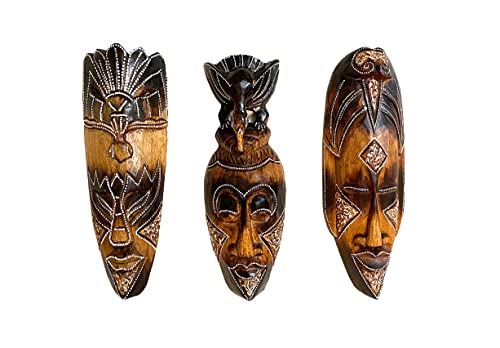

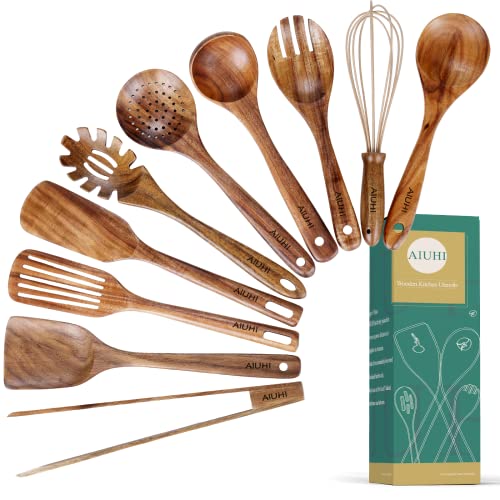
Traditional Woodcarving Techniques
Woodcarving is a traditional art form that has been practiced for centuries in many parts of the world. Each culture has developed its own distinct techniques, often passed down through generations. Here are some notable examples:
- Japanese Woodblock Prints: Known as “ukiyo-e,” these woodblock prints were popular during the Edo period. Artists like Hokusai and Hiroshige depicted scenes of everyday life and landscapes using intricate woodcut techniques.
- Native American Totem Poles: Indigenous peoples of the Pacific Northwest, such as the Haida, Tlingit, and Kwakwaka’wakw, carved towering totem poles. These poles served as symbols of family lineage, stories, and spiritual beliefs.
- Maori Carvings: The Maori people of New Zealand have a rich tradition of wood carving known as “whakairo.” Their carvings often feature intricate patterns and symbols representing ancestral connections and cultural identity.
Symbolism in Wooden Artwork
Wooden artwork often carries deep symbolism that reflects the values and beliefs of a culture. Here are a few examples of how symbolism is incorporated into different wooden art traditions:
- Chinese Wooden Screens: In Chinese culture, wooden screens are adorned with intricate carvings that symbolize good fortune, longevity, and happiness. These screens are often used as room dividers or decorative pieces.
- African Masks: Wooden masks are an integral part of many African cultures. Each mask design holds specific meanings, such as representing deities, spirits, or ancestral connections.
- Balinese Wood Carvings: Balinese wood carvings often depict scenes from Hindu mythology, showcasing the island’s strong religious beliefs. The carvings are intricately detailed and adorned with vibrant colors.
Regional Styles in Wooden Artwork
Wooden artwork varies greatly across regions, with each having its own distinct style and aesthetic. Here are a few examples of regional styles:
- Scandinavian Wood Furniture: Scandinavian design is known for its minimalism and functionality. Wooden furniture from this region often features clean lines, light-colored woods, and a focus on natural materials.
- Mexican Alebrijes: Originating from Oaxaca, Mexico, alebrijes are brightly colored wooden sculptures of fantastical creatures. These intricate carvings showcase the vibrant folk art tradition of the region.
- Indian Wood Inlay: The art of wood inlay, known as “marquetry,” has been practiced in India for centuries. Intricate patterns and designs are created by embedding small pieces of wood into larger wooden objects, such as furniture or decorative items.
Preserving Cultural Heritage through Wooden Artwork
Wooden artwork not only serves as a visual representation of cultural heritage but also helps preserve traditions and craftsmanship. By supporting artisans and purchasing wooden artwork, we contribute to the continuation of these cultural practices. Some brands and organizations actively promote and support traditional wooden art forms, such as:
- Ten Thousand Villages: This fair trade organization works with artisans around the world, including woodcarvers from various cultures, to promote their craft and provide them with fair wages.
- Sustainable Wood Art: Some brands, such as “EcoCrafts,” focus on creating wooden artwork using sustainably sourced materials and environmentally friendly practices. This ensures the preservation of both cultural heritage and the natural environment.
By appreciating and understanding the influence of culture and tradition in wooden artwork, we can gain a deeper appreciation for the rich diversity present in the world of art. Whether it’s the intricate carvings of Japanese woodblock prints or the vibrant colors of Mexican alebrijes, each piece tells a unique story and connects us to the cultural heritage of its origin.
The Modern World of Wooden Artwork: Blending Tradition and Innovation
In today’s fast-paced world, where technology reigns supreme, it’s refreshing to see artists turning to traditional materials like wood to create stunning works of art. Contemporary wooden artwork combines age-old techniques with innovative approaches, pushing the boundaries of creativity and craftsmanship. In this blog post, we will explore the fascinating world of contemporary perspectives in wooden artwork, highlighting how artists blend tradition and innovation to produce exceptional pieces.



Tradition Meets Innovation
Wood has been used as a medium for artistic expression for centuries, with its warm and organic qualities captivating artists and viewers alike. However, contemporary artists are taking woodwork to new heights by incorporating innovative techniques and materials into their creations. Here are a few ways in which tradition meets innovation in the world of wooden artwork:
- Mixed Media Masterpieces: Artists are no longer confined to using only wood in their creations. They are experimenting with mixed media, combining wood with other materials like metal, glass, or even textiles. This fusion of different elements adds depth and dimension to the artwork, creating visually captivating pieces.
- Technological Integration: In a world dominated by technology, it’s no surprise that artists are finding ways to incorporate it into wooden artwork. From laser engraving to CNC milling, technology allows artists to achieve intricate designs and precise details that were once unimaginable. This integration of technology with traditional woodworking techniques opens up a whole new realm of possibilities for artists.
- Sustainable Practices: As environmental consciousness grows, contemporary artists are embracing sustainable practices in their wooden artwork. They source wood from responsibly managed forests, utilize reclaimed or salvaged wood, and even experiment with alternative materials that mimic the appearance and texture of wood. By prioritizing sustainability, these artists not only create beautiful pieces but also contribute to the preservation of our natural resources.
Examples of Contemporary Wooden Artwork
To help you better understand the fascinating world of contemporary wooden artwork, let’s take a look at a few real-life examples:
- Brent Comber: This Canadian artist combines traditional woodworking techniques with innovative designs to create stunning furniture pieces. Comber’s “Dendron” collection features intricate wooden sculptures that resemble organic forms inspired by nature. Each piece is handcrafted using salvaged wood, blending tradition and innovation seamlessly.
- Oliver Kita: Kita, a renowned chocolatier and artist, uses wood as a canvas for his edible masterpieces. By combining his expertise in woodworking and chocolate-making, Kita creates intricate chocolate sculptures that are displayed on wooden bases. This unique fusion of art forms showcases the limitless possibilities of blending tradition and innovation.
- Grain Design: Based in the United States, Grain Design is a studio known for its innovative approach to wooden lighting fixtures. They combine traditional woodworking techniques with modern design principles to create stunning pendant lights and lamps. By experimenting with different wood species and incorporating subtle geometric elements, Grain Design produces unique lighting pieces that add warmth and character to any space.
Benefits of Contemporary Perspectives
Contemporary perspectives in wooden artwork offer several benefits that make it a captivating and worthwhile artistic endeavor. Here are a few key points to consider:
- Contemporary wooden artwork bridges the gap between traditional craftsmanship and modern aesthetics, appealing to a wide range of art enthusiasts.
- The incorporation of innovative techniques and materials adds a unique and fresh dimension to wooden artwork, making it visually striking and captivating.
- Artists who prioritize sustainable practices contribute to the preservation of our natural resources and promote environmentally conscious art.
Appreciating the Timeless Beauty of Masterful Wooden Creations
In conclusion, we believe that the evolution of exceptional wooden artwork is a testament to its enduring appeal and artistic value. From its humble beginnings to its current status as a revered art form, wooden artwork has captivated audiences with its beauty and craftsmanship. Whether you are a seasoned art enthusiast or a budding collector, it is important to understand the history and cultural significance behind this art form. By exploring galleries, museums, and connecting with local artists, you can fully immerse yourself in the world of exceptional wooden artwork and discover pieces that speak to your personal taste and appreciation. So, go ahead and embark on this journey of exploration and enjoyment – the world of exceptional wooden artwork awaits you!

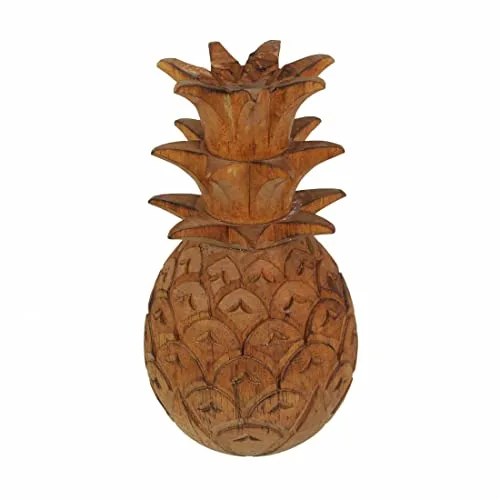
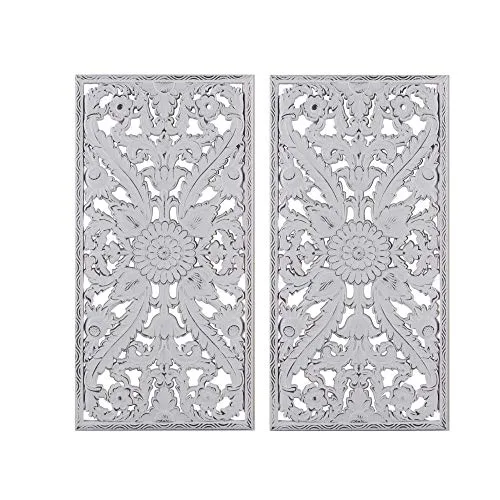
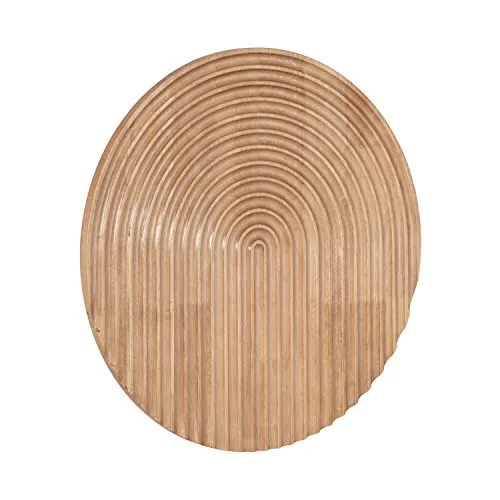

I can’t get over the amount of detail in each wooden artwork.
The combination of natural wood textures and artistic designs is truly captivating.
The artists behind these pieces deserve recognition for their talent and dedication.
Wow, these wooden artworks are absolutely stunning!
The use of different types of wood in these artworks adds to their uniqueness.
The craftsmanship of these pieces is truly exceptional.
I never knew wood could be transformed into such intricate and detailed art.
These pieces would make great conversation starters in any art collection.
The article provides great insights into the history and development of wooden artwork.
Wooden artwork has come a long way, and this article does a great job of showcasing its evolution.
I would love to own one of these exceptional wooden artworks someday.
I love how the article explores the evolution of wooden artwork.
I’m amazed by the level of skill and creativity showcased in these wooden artworks.
The article has inspired me to appreciate the beauty and artistry in wooden sculptures.